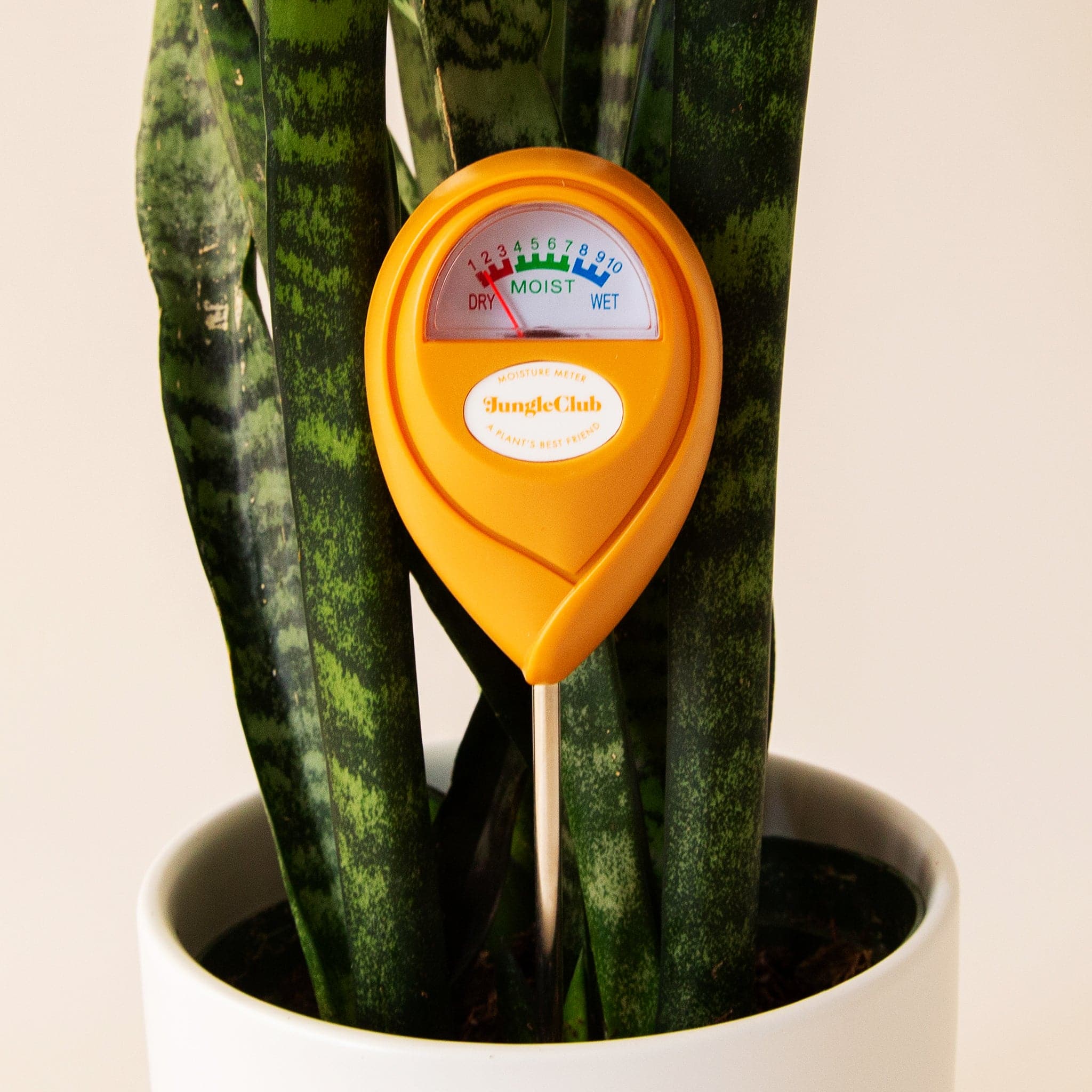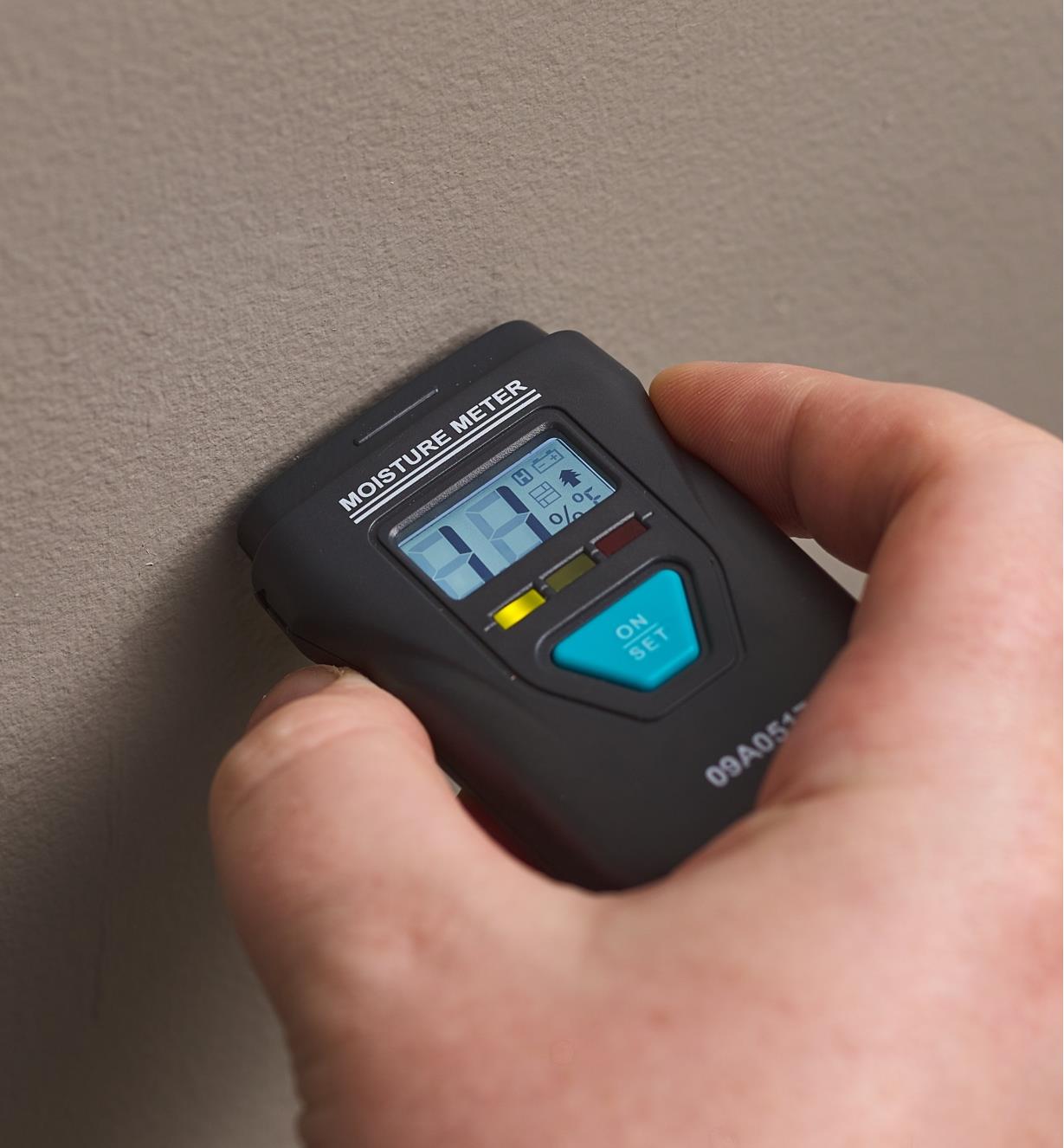Moisture Meter Reviews: Comparing the very best Models for Specialist and DIY Use
Moisture Meter Reviews: Comparing the very best Models for Specialist and DIY Use
Blog Article
Look Into the Globe of Moisture Meters: Every Little Thing You Required to Know
In the world of moisture meters lies a globe of precision and functionality that often goes unnoticed. These tools, while apparently uncomplicated, hold a wealth of info that can significantly affect numerous sectors and applications. Recognizing just how moisture meters operate, the different kinds readily available, and their diverse usages can shed light on their relevance in guaranteeing quality and efficiency. By checking out the ins and outs of wetness meters, one can uncover a valuable tool that goes beyond mere measurement, offering insights that can make a considerable difference in countless fields.
How Moisture Meters Work
Moisture meters run by gauging the electrical conductivity or capacitance of materials to establish the dampness material present. These meters are very useful tools throughout different sectors, including building, woodworking, and farming. By utilizing different approaches such as pinless or pin-type innovation, dampness meters provide accurate readings that help specialists make educated choices.
Pin-type wetness meters function by putting the sharp pins right into the material being evaluated. The electrical conductivity in between the pins is then gauged, with greater dampness degrees causing enhanced conductivity. Moisture Meter. On the various other hand, pinless wetness meters make use of electromagnetic signals to check a bigger area without causing any type of damages to the product's surface. These meters are excellent for rapidly evaluating moisture levels in big locations or completed products.
No matter the technique utilized, moisture meters play an essential duty in avoiding problems such as mold growth, architectural damage, or product flaws triggered by excess dampness. Comprehending just how these meters job is crucial for making certain the top quality and integrity of products in different applications.
Kinds Of Moisture Meters
Given the essential function dampness meters play in different sectors, it is vital to recognize the various types offered to specialists for precisely assessing moisture degrees - Moisture Meter. There are largely 2 major sorts of dampness meters: pin-type and pinless dampness meters

On the various other hand, pinless wetness meters make use of electro-magnetic sensor plates to scan a larger area of the product without causing any kind of damage. This kind appropriates for swiftly scanning huge areas and is commonly utilized for flooring, walls, and ceilings. Pinless meters are hassle-free for taking analyses on finished surfaces without leaving any type of noticeable marks.
Both sorts of dampness meters have their advantages and are selected based upon the specific demands of the work available. webpage Understanding the differences in between these kinds is essential for specialists to make exact moisture evaluations.
Applications Throughout Industries
Building specialists depend on moisture meters to examine the wetness levels in structure materials like timber, drywall, and concrete, which is vital for keeping structural integrity and protecting against problems like rot or mold. The floor covering sector uses wetness meters to measure the dampness material in subfloors before installing various flooring treatments, avoiding expensive problems due to excess dampness. In the food industry, dampness meters are made use of to keep track of and control moisture levels in items such as grains, nuts, and dried out fruits to preserve freshness and quality.
Tips for Making Use Of Moisture Meters
Utilize the moisture meter's calibration settings to ensure exact analyses when measuring the dampness web content in different materials. In addition, make sure the meter is set to the appropriate wetness range for the material you are gauging to obtain the most precise results.
When using a pin-type wetness meter, put the pins to the suitable depth suggested for the product being evaluated. This makes sure that the wetness analyses are extracted from the appropriate deepness within the product, offering a much more precise representation of its dampness content. For pinless dampness meters, remember to keep appropriate contact with the product's surface to get dependable readings.
Frequently check and change the batteries in your wetness meter to stop imprecise analyses due to low power. When not in usage to lengthen its life-span and keep its precision, Shop the meter in a risk-free and completely dry place. By complying with these ideas, you can maximize the efficiency of your wetness meter and obtain exact moisture material dimensions throughout different products.
Maintenance and Calibration
To make sure the accuracy of dampness content measurements, routine upkeep and calibration of the moisture meter are crucial steps in its correct functioning. Calibration changes the wetness meter to make certain that it offers regular and reliable outcomes.
Calibration must be carried out occasionally, specifically if web the moisture meter is used frequently or in important applications where specific dimensions are called for. Several moisture meters include calibration tools or can be calibrated by expert solutions. Moisture Meter. It is advised to maintain a log of calibration days and results to track the efficiency of the dampness meter with time. By adjusting the dampness and keeping meter Find Out More frequently, users can trust the accuracy of the dampness material measurements obtained.
Final Thought

To conclude, wetness meters play a crucial function in numerous industries by precisely measuring the wetness web content of materials. Understanding exactly how these tools function, the different types offered, and appropriate upkeep and calibration are essential for obtaining trusted outcomes. Whether in building, production, or farming, the use of moisture meters helps guarantee high quality control and effectiveness in processes.

In verdict, wetness meters play an essential function in various industries by properly determining the wetness content of products.
Report this page